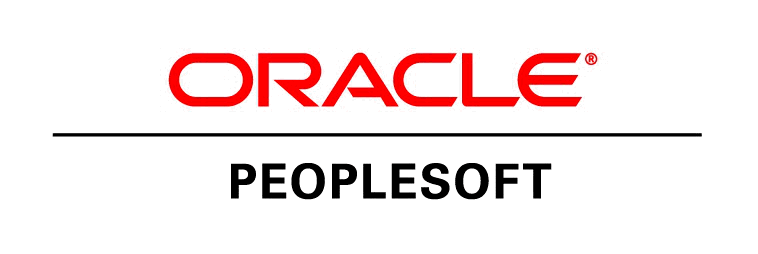
Welcome back to my latest blog – “Accounting Flexibility with PeopleSoft Lease Administration – Part II”.
Just a reminder, in this blog we are covering the more complex lease transactions and a brief discussion on the accounting entries needed to support these transactions. Accordingly, this blog is discussing more advanced topics rather than discussing straightforward leases that have identical payments each month.
Earlier, in Part I, we covered:
1. Pre-Paid Amounts
2. Lease Incentives
3. Initial Direct Costs
4. Free Rent Periods
For this blog, Part II, we will cover:
1. Interest Rate Changes/Restructuring
2. CPI Adjustments
3. Lease Impairment
4. Delay Depreciation Start Date
Without any further delay, let’s get started.
1. Interest Rate Changes/Restructuring
On rare occasion you may need to change the implied interest rate for some or all your leases. As an illustration, this may be the result of a major economic change, business change, or restructuring. If the need arises, Lease Administration has the process and accounting entries to support the required change. For this particular example, Lease Administration will create the accounting entries needed to adjust both the ROU asset balance and the liability balance to reflect the interest rate change.
Secondly, let’s look at CPI Adjustments.
2. CPI Adjustments
Some leases are tied to a CPI Index. At the time the lease is signed, the CPI Index can only be estimated, and when the CPI index is updated each year, Lease Administration allows you to properly book that adjustment using either of these 2 methods:
A. In most cases where the change in CPI is recorded as a variable expense, Lease Administration allows you to recognize that variable expense in the period in which it occurred.
B. Then, for Leases where the CPI change has contractual limitations and requires the lease to be remeasured, Lease Administration can create the required accounting entries to support this as well.
3. Lease Impairment
In the case where leased assets need to be fully or partially written off while the lease liability still needs to be paid, Lease Administration has the capability to create the accounting entries needed to reduce ROU asset balance while leaving the liability balance as is.
Finally, let’s address delaying the depreciation start date.
4. Delay Depreciation Start Date
This is a rare transaction that I have only seen a few times. But, you may have a lease where the payments have begun but you have to delay expensing the asset until it is fully placed in service. For example, you will have the lease payments and asset amortization on different timelines. Lease Administration supports this process by managing the liability as the payments are made (timeline 1) and then recording the lease expense over the date range that you have the asset in service (timeline 2).
That was the last example for this blog and this concludes Part II of “Accounting Flexibility with PeopleSoft Lease Administration”. Now that we have concluded Part II, in my next blog series, I will take some of the topics from this blog and provide a step by step walk through on the accounting entries.
Finally, for additional information, checkout the whitepaper I authored, DEEP DIVE ASC 842 ACCOUNTING LEASE STANDARDS
Thank you for reading – Steven Brenner, CPA, Senior Principal Consultant

